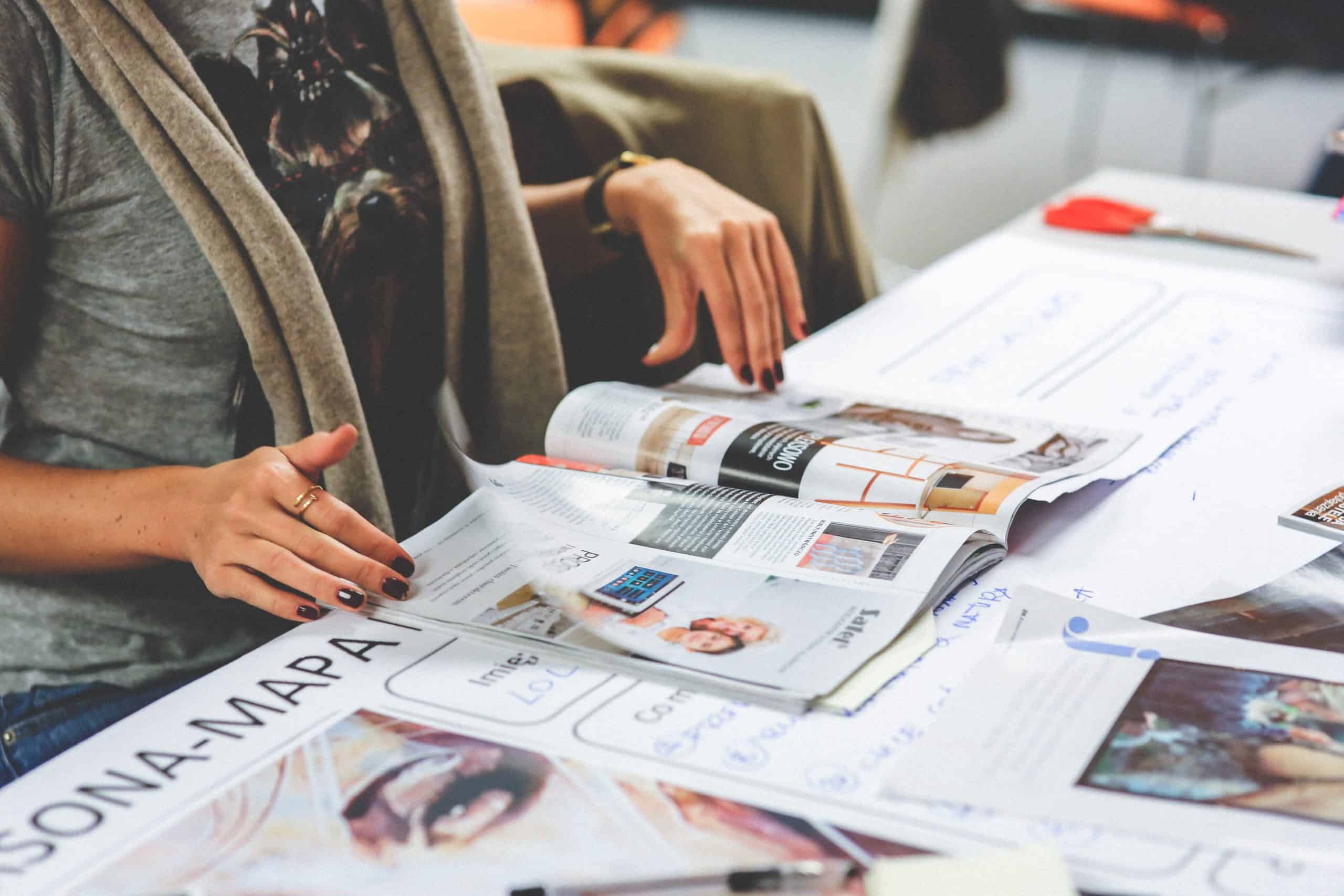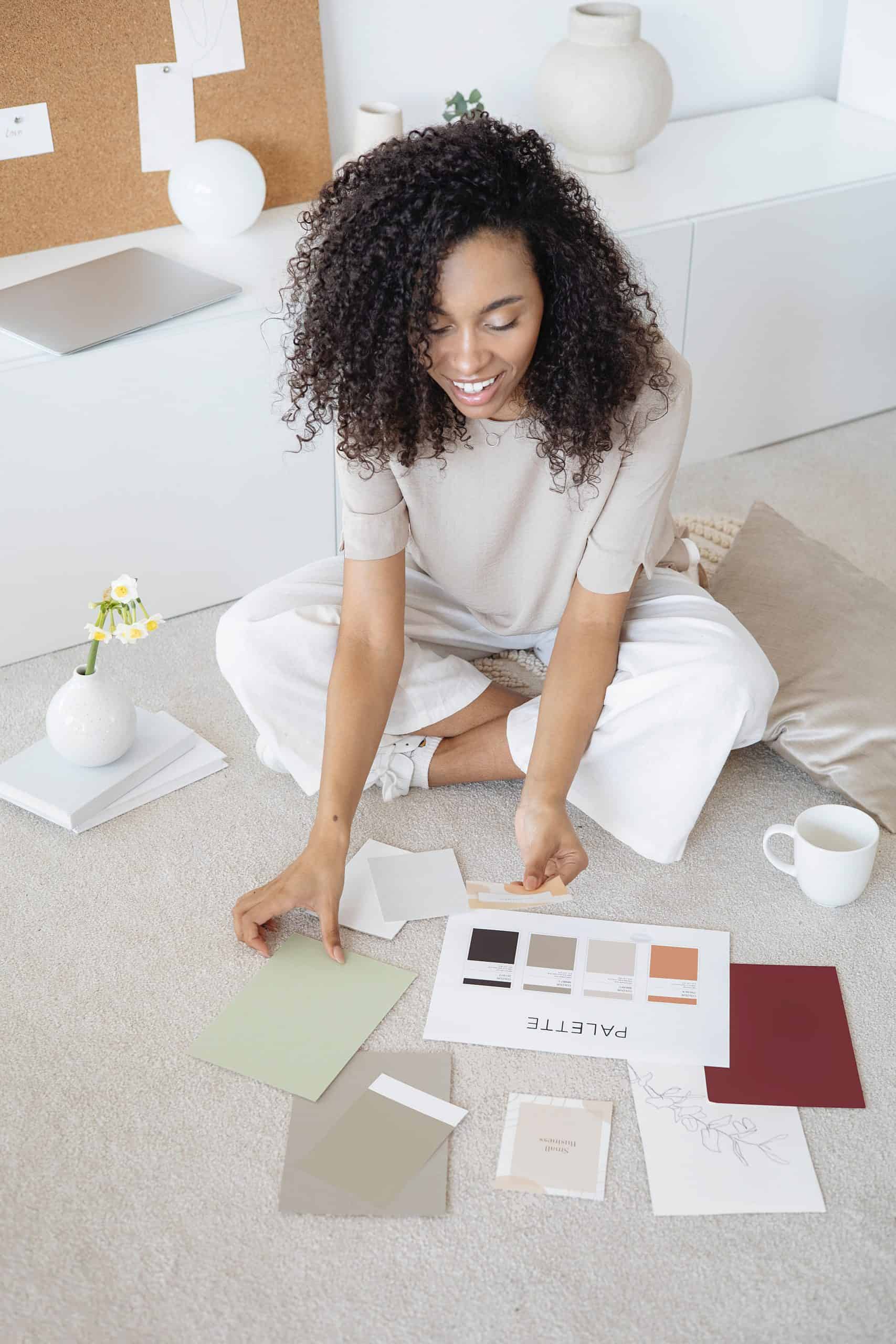A well-designed brochure can be a powerful marketing tool, allowing you to showcase your products, services, or organization in a visually appealing and informative manner. When creating a 6-page A4 brochure, proper artwork preparation is essential to ensure the final product looks professional and effectively communicates your message. In this article, we’ll guide you through the process of preparing artwork for your 6-page A4 brochures, from setting up the document to optimizing images and fonts.

1. Define Your Brochure’s Purpose and Content
Before diving into the design process, it’s crucial to define the purpose and content of your brochure. Determine what message you want to convey, the key information to include, and the overall layout and design style that aligns with your brand.
2. Choose the Right Software
Selecting the appropriate design software is vital for creating your brochure artwork. Adobe InDesign is one of the most popular choices for multi-page layouts, offering precise control over typography, images, and page elements. Other software options, like Brochure Maker, Adobe Illustrator, or Microsoft Publisher, may also be suitable depending on your familiarity and specific design requirements
3. Set Up the Document
For a 6-page A4 brochure, the document size should be A4, which measures 210 x 297 millimeters or 8.27 x 11.69 inches. In InDesign, create a new document and set the number of pages to 6, as well as facing pages if your brochure design includes spreads (two pages side by side).
Include a bleed area, typically 3mm or 0.125 inches, around all four sides of the document. Bleed ensures that images or design elements that extend to the edge of the page do not have any white borders when trimmed after printing.
4. Organize Your Content
Divide your content logically across the six pages, keeping in mind the visual flow of information. Consider a compelling cover page, a strong call-to-action on the back page, and a coherent sequence for the interior pages.
Page 1: Front cover
Page 2: Inside front cover
Page 3-4: Double-page spread (content continuation)
Page 5: Inside back cover
Page 6: Back cover
5. Design Consistency and Branding
Maintain visual consistency throughout the brochure by using a cohesive color scheme, typography, and graphics that align with your brand. Ensure that your logo and brand elements are prominently featured to reinforce brand identity.

6. Image Resolution and Format
High-quality images are essential for a professional-looking brochure. Use high-resolution images (300 DPI or more) to ensure they appear sharp and crisp in print. Save images in CMYK color mode rather than RGB to ensure accurate color reproduction in print.
7. Handle Fonts Carefully
When selecting fonts for your brochure, opt for the best font generator tool that matches your brand’s tone and style. Stick to a maximum of two or three fonts to maintain a clean and consistent design. To avoid font-related issues, consider embedding fonts or converting text to outlines before exporting the final artwork.
8. Incorporate Bleed and Safety Margins
As mentioned earlier, incorporate a bleed area around the edges of your document to ensure design elements extend beyond the trim lines, leaving no white borders. Additionally, set safety margins (usually 3-5mm) to keep essential content away from the trim edge to prevent accidental trimming during the printing process.
9. Export to Print-Ready PDF
Once your artwork is complete, export it to a print-ready PDF file. Ensure you choose the appropriate settings for printing, such as high-quality images, crop marks, bleed settings, and color mode (CMYK). Save a copy of the final PDF for your records and future use.
10. Proofreading and Review
Before sending your artwork for printing, carefully proofread all content for errors and inconsistencies. Review the layout and design to ensure everything aligns correctly and that the brochure meets your initial design vision.
Preparing artwork for your 6-page A4 brochure involves careful planning, organization, and attention to detail. By defining your brochure’s purpose, choosing the right design software, and setting up the document correctly, you can create a visually appealing and effective marketing tool. Keep in mind the importance of image resolution, font selection, and maintaining consistency with your brand. Incorporate bleed and safety margins to avoid printing issues, and export your final artwork to a print-ready PDF. With these steps, you’ll be well on your way to producing a professionally designed 6-page A4 brochure that captivates your audience and delivers your message with impact.